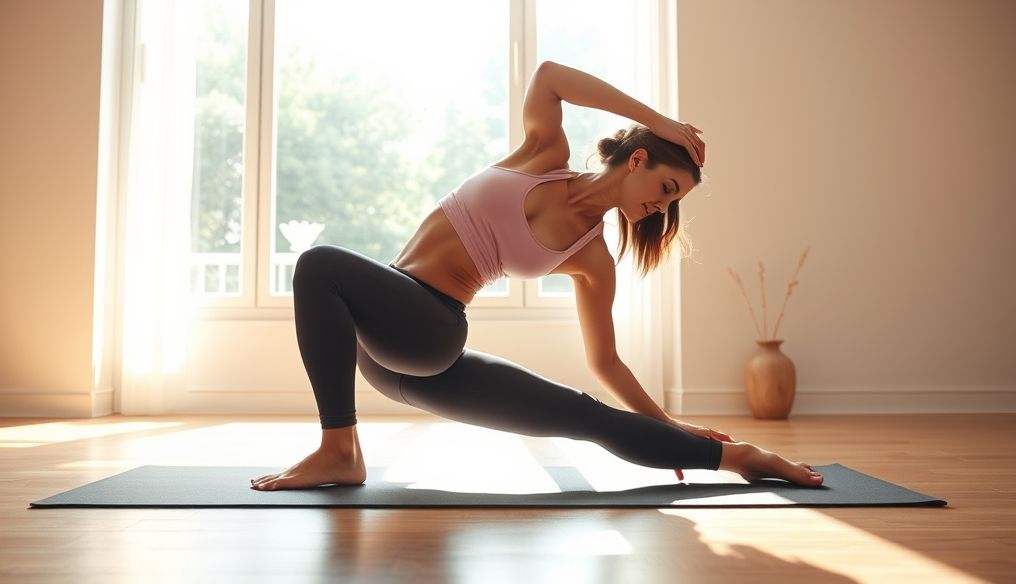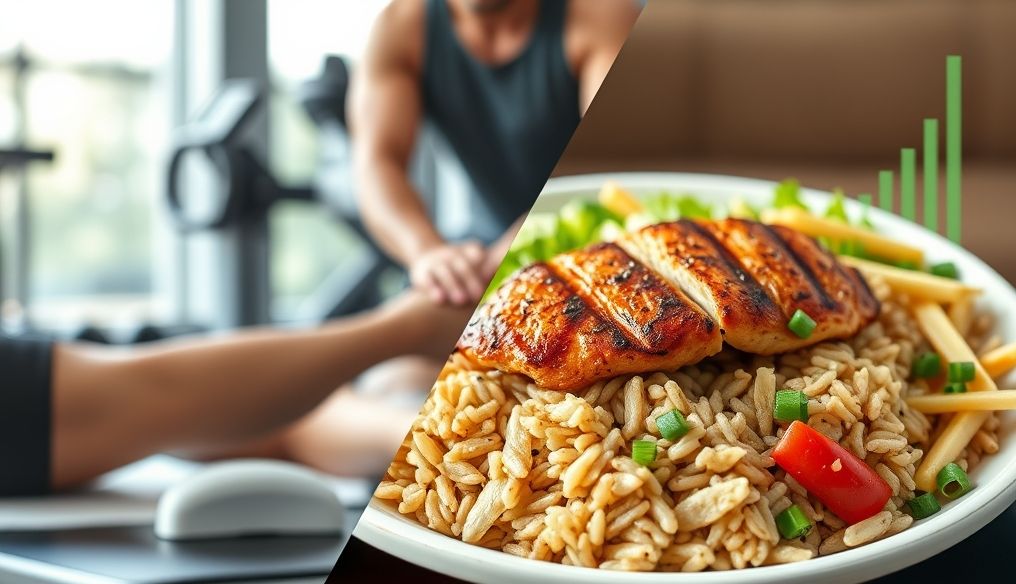Introduction: The Importance of Flexibility and Fitness
Flexibility and fitness are two essential elements for good health and an active lifestyle. Flexibility allows you to move freely and without pain, while fitness gives you the strength and endurance needed to perform daily activities with ease. Flexibility is often overlooked, but it plays a crucial role in preventing injuries and improving athletic performance.
Chapter 1: Understanding Flexibility and its Types
What is Flexibility?
Flexibility is the ability of muscles, tendons, and ligaments to stretch and bend, allowing for a full range of motion in the joints. There are two main types of flexibility:
- Static Flexibility: The ability to hold a stretched position for an extended period.
- Dynamic Flexibility: The ability to move through a full range of motion with speed and control.
Factors Affecting Flexibility
Flexibility is affected by several factors, including:
- Age: Flexibility naturally decreases with age.
- Gender: Women tend to be more flexible than men.
- Activity Level: Active people are more flexible than inactive people.
- Genetics: Genetics play a role in determining flexibility.
- Previous Injuries: Previous injuries can limit flexibility.
Chapter 2: Benefits of Increasing Flexibility and Fitness
Increasing flexibility and fitness has many benefits, including:
- Reduced Risk of Injury: Flexibility helps protect muscles and joints from injury during exercise and daily activities.
- Improved Athletic Performance: Flexibility allows athletes to move more efficiently and achieve better performance.
- Pain Relief: Flexibility can help relieve pain caused by stiff muscles and joints.
- Improved Circulation: Flexibility helps improve blood circulation and deliver oxygen and nutrients to muscles and tissues.
- Improved Posture: Flexibility helps improve posture and reduce the risk of back and neck pain.
- Stress Reduction: Stretching exercises can help reduce stress and promote relaxation.
Chapter 3: Basic Stretching Exercises
There are many stretching exercises you can do to improve your flexibility. Here are some basic exercises:
- Hamstring Stretch: Sit on the floor with your legs extended in front of you. Try to touch your toes with your hands.
- Quadriceps Stretch: Stand holding onto a chair or wall for balance. Grab your ankle and pull your foot towards your buttocks.
- Inner Thigh Stretch: Sit on the floor with the soles of your feet together. Gently press your knees down.
- Calf Stretch: Stand facing a wall and place your hands on it. Place one foot behind the other and bend the front knee.
- Back Stretch: Lie on your back and bend your knees. Pull your knees towards your chest.
Chapter 4: Yoga and Pilates for Increased Flexibility
Yoga and Pilates are two types of exercises that focus on flexibility, strength, and balance. These exercises can be very effective in improving body flexibility.
- Yoga: Yoga involves a series of poses (asanas) that are designed to stretch and strengthen muscles.
- Pilates: Pilates focuses on strengthening core muscles and improving posture and flexibility.
Chapter 5: Incorporating Stretching into Your Daily Routine
To get the most out of stretching exercises, it is important to incorporate them into your daily routine. You can do stretching exercises before and after exercise, or anytime during the day when you feel stiff.
- Warm-up: Do dynamic stretching exercises before exercise to prepare your muscles for activity.
- Cool-down: Do static stretching exercises after exercise to cool down your muscles and prevent stiffness.
- Daily Stretching: Set aside 10-15 minutes each day to do stretching exercises.
Chapter 6: Nutrition and Flexibility: What's the Connection?
Proper nutrition plays an important role in maintaining the health of muscles and connective tissues, and thus affects flexibility. Make sure you get enough:
- Protein: Essential for repairing and regenerating muscle tissue.
- Water: Keeps muscles and tissues hydrated, increasing their flexibility.
- Vitamins and Minerals: Such as Vitamin C and Magnesium, which support the health of connective tissues.
Chapter 7: Tips for Improving Flexibility Safely and Effectively
Here are some tips for improving flexibility safely and effectively:
- Consult Your Doctor: If you have any health problems, consult your doctor before starting any new exercise program.
- Start Slowly: Don't try to overstretch at first. Start slowly and gradually increase your range of motion.
- Breathe Deeply: Deep breathing helps relax and stretch muscles.
- Don't Bounce: Avoid bouncing while stretching, as this can lead to injury.
- Listen to Your Body: Stop if you feel any pain.
- Be Consistent: Improving flexibility takes time and effort. Be patient and continue to practice regularly.
Chapter 8: Integrated Fitness Exercises to Enhance Flexibility and Strength
Flexibility isn't everything. Combining strength and cardio exercises with stretching will improve your overall fitness. Consider:
- Strength Training: Weightlifting, bodyweight exercises (like push-ups and pull-ups).
- Cardio Exercises: Running, swimming, cycling.
Conclusion: Increasing body flexibility and fitness is an ongoing journey that requires commitment and dedication. By following the tips and exercises mentioned above, you can significantly improve your flexibility and fitness, and enjoy better health and a more active lifestyle.




